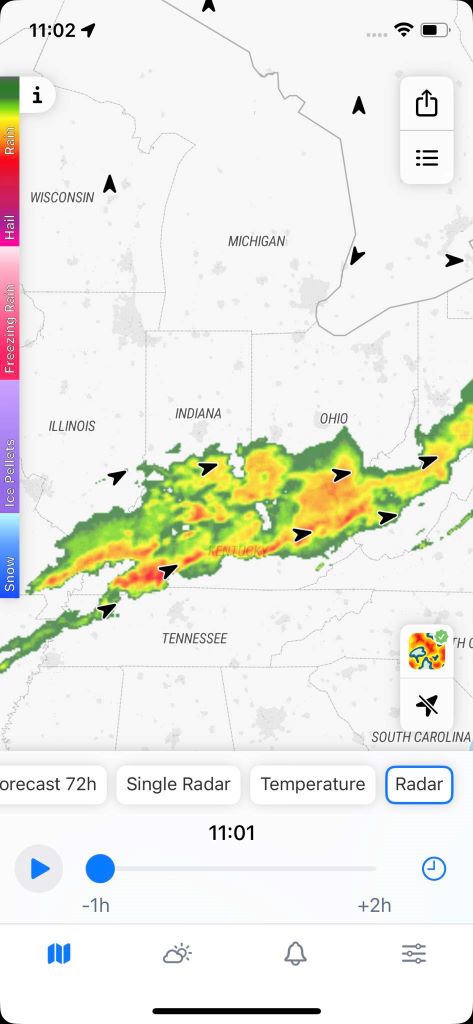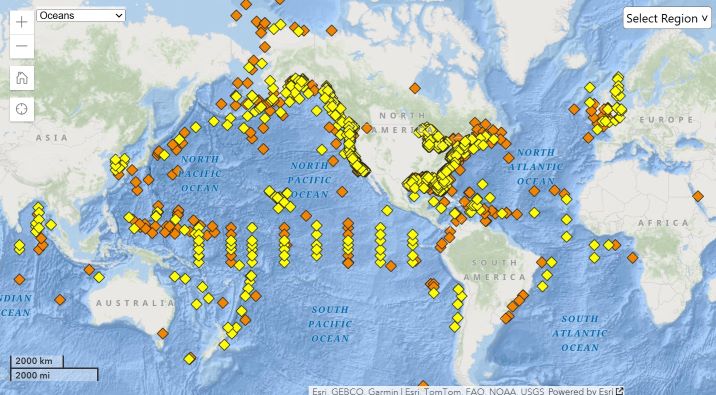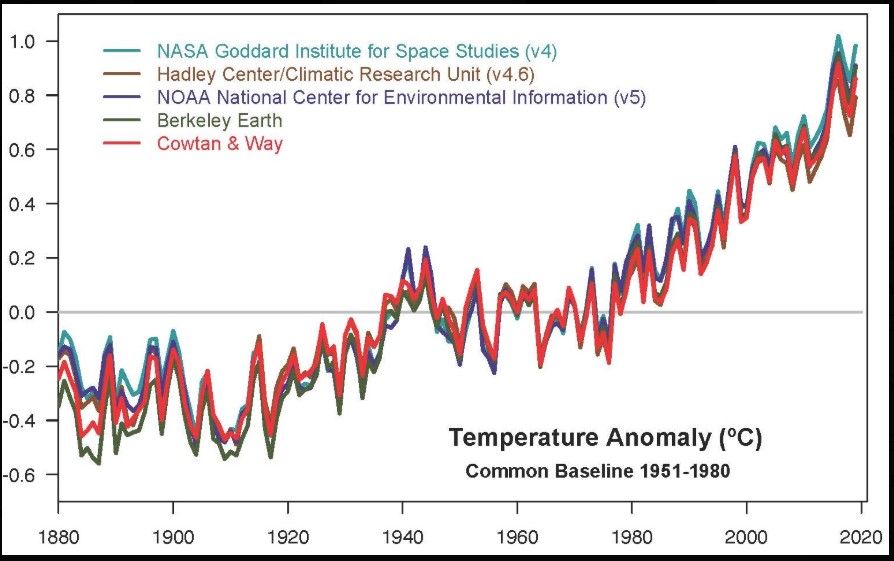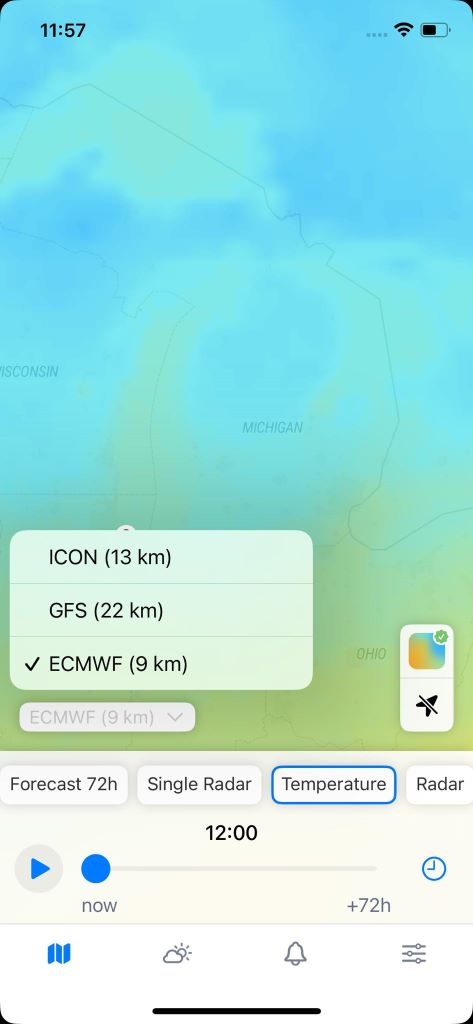Ever heard someone say, “It’s freezing - so much for global warming”? That reaction isn’t unusual, but it misses a key point. Weather and climate are not the same thing. At Rain Viewer, we believe in clearing up the confusion and sharpening your forecasting instincts along the way.
Let’s break it down: what’s the difference between weather and climate, why does it matter, and how can this knowledge level up your weather skills?
Weather: The Immediate, Ever-Changing Snapshot
Weather refers to short-term changes in the atmosphere - hours to days. It answers immediate questions:
- Will it rain this afternoon?
- How strong is the wind right now?
- What’s the temperature on your next run?
This is Rain Viewer’s sweet spot: real-time radar, storm alerts, and hyper-local tracking.

Quick Facts:
- Timeframe: Minutes to days
- Scope: Local to regional
- Data: Radar, satellites, sensors, weather balloons
- Elements: Temperature, humidity, wind, pressure, precipitation
With Rain Viewer, you zoom in on moving fronts, analyze rainfall gradients, and adjust your route before the downpour hits. That’s weather tracking in action.
Climate: The Long-Term Pattern That Frames It All
Climate tells a bigger story. It reflects average weather conditions over a long period of time, e.g. over decades.
- What are winters usually like in Minneapolis?
- Does Seattle see more rain this decade than the last?
- Is this summer hotter than past ones?
Climate sets the baseline - what’s “normal” - in a place. So when something stands out, like a March heatwave in Chicago, it’s notable because of the climate.
Quick Facts:
- Timeframe: Decades to centuries
- Scope: Regional to global climate
- Data: Historical records, satellite trends, ocean buoys, ice cores
- Elements: Long-term average of weather in wind, temperature and precipitation
Climate isn’t about one thunderstorm. It’s about recognizing patterns over time.
The map below shows ocean buoys worldwide. Buoys containing historical data are marked with orange.

Source: National Data Buoy Center
Difference Between Weather and Climate: Why It Matters
1. Smarter Forecasting
Knowing climate gives context to what your radar shows today. If April’s typically dry, that surprise rain band on Rain Viewer stands out and could signal a bigger shift.
- Weather = real-time radar
- Climate = expectation baseline
Use both to forecast smarter.
2. Understanding the Effects of Climate Change
A cold week doesn’t disprove global warming, just like one heatwave doesn’t confirm it. Climate change is about shifts in long-term averages - more extreme weather events, higher baselines, changing trends.
Meteorological data backs it up. Decades of rising global temperatures and shifting storm paths tell the real story.

Source: Climate.nasa.gov
3. Weather Patterns Recognition as a Skill
Forecasting is part data, part instinct. The more you understand how climate shapes seasonal trends, the sharper your radar reading becomes.
- Example: Afternoon summer storms in Florida? Likely convection. You’ll spot the signs on radar before it hits.
Weather or Climate? How the Pros Combine Both
Meteorologists blend real-time observations with climate data to shape their models:
- 0–3 days: Pure weather observations
- 4–10 days: Weather data + climate corrections
- Longer-term: Dominated by climate trends
If El Niño is incoming, forecasters adjust models accordingly. That’s a climate phenomenon affecting short-term forecasts.
How Rain Viewer Bridges the Gap
Our app is built for real-time weather, but it doesn’t stop there. You can track immediate changes and also analyze historical data to spot patterns.
- Live Radar: Track storms minute-by-minute
- Radar Archive: Rewind and study past events
- Forecast Models: Compare outputs, identify trends

- Educational Content: Dive deeper into radar science and meteorology
By pairing data with community insight, we help you move from passive viewer to active forecaster.
Summary: Weather Is a Snapshot. Climate Is the Backstory
One snow day doesn’t tell the whole climate story, just like one radar frame doesn’t show a full storm system.
Weather: Fast, local, always changing
Climate: Slow, broad, revealing patterns over time
At Rain Viewer, we help you track both.
Quick Reference: Weather vs Climate
| Feature | Weather | Climate |
|---|---|---|
| Time Scale | Minutes to days | Decades or longer |
| Location | Local or regional | Regional to global |
| Focus | Immediate conditions | Long-term trends |
| Use Cases | Daily planning | Seasonal expectations, policy |
| Data Sources | Radar, satellites, sensors | Historical records, models |
| Changeability | Rapid, unpredictable | Slow, stable (until disrupted) |






